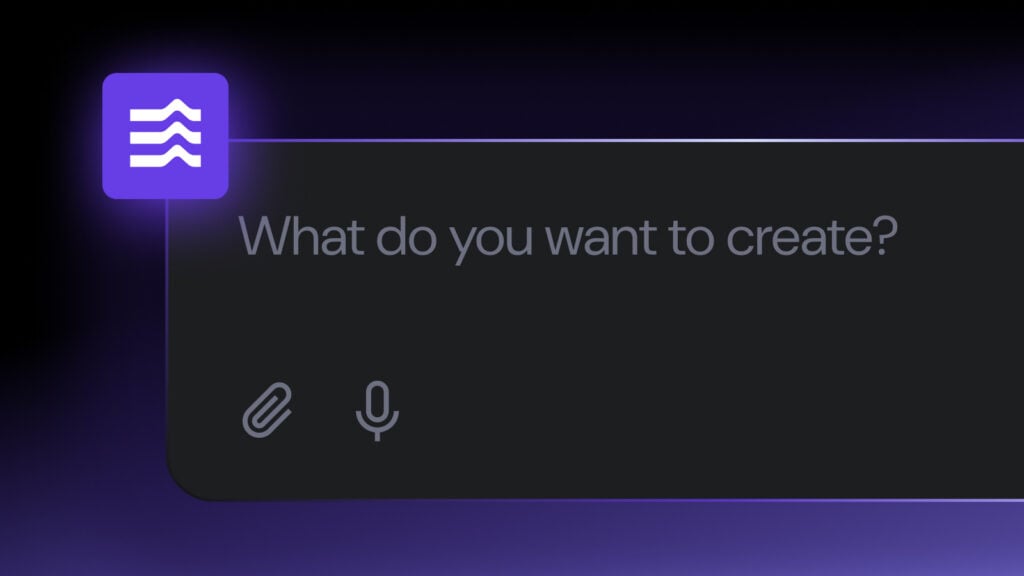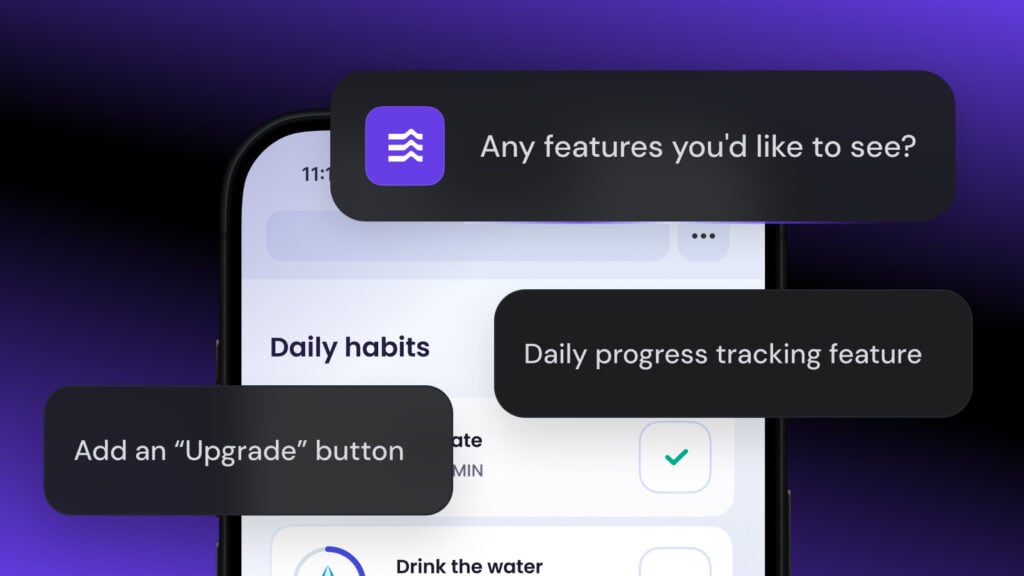11 successful micro SaaS examples
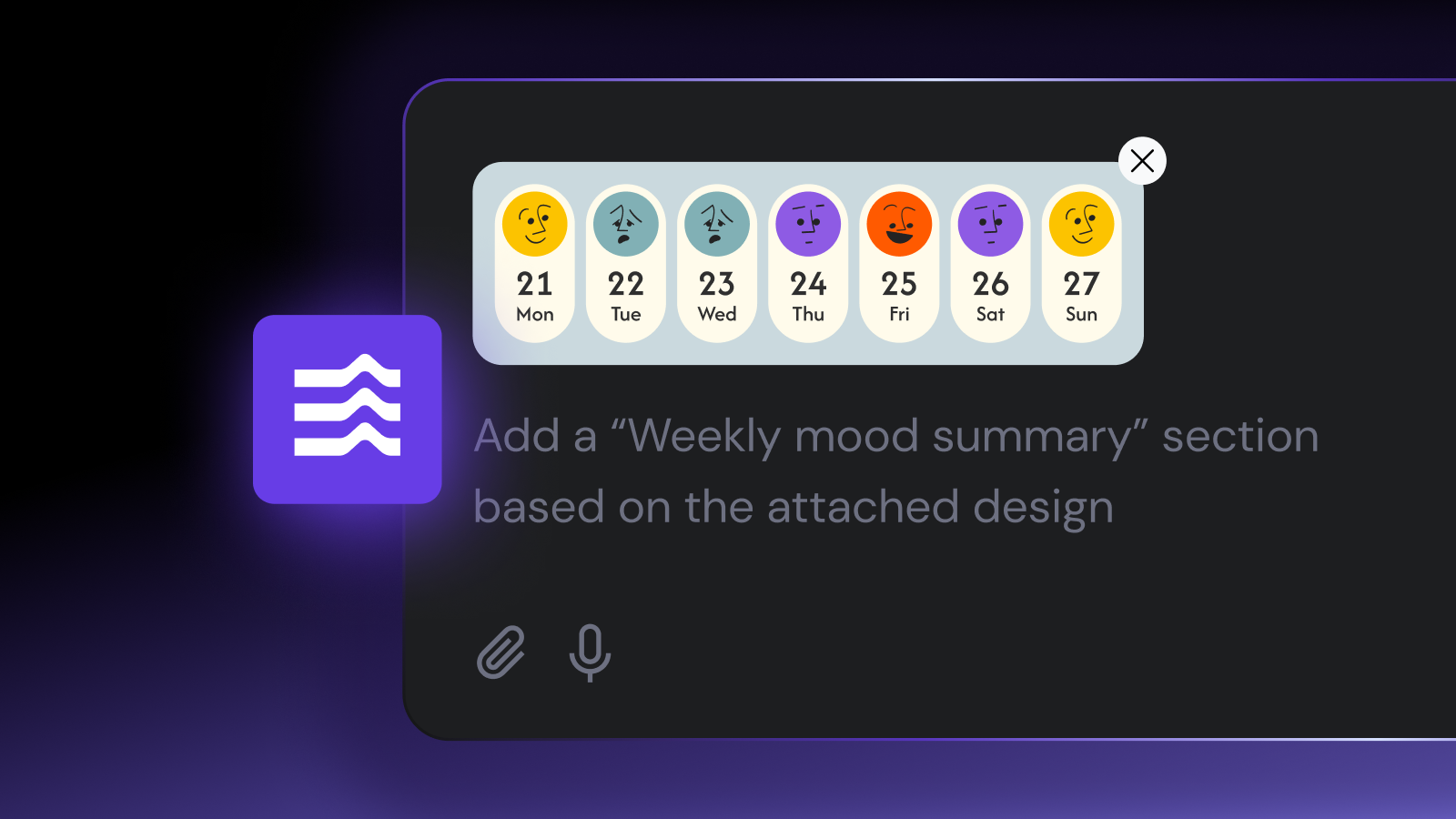
Micro SaaS businesses focus on solving specific, niche problems with simple yet effective software solutions. By targeting a small but dedicated audience, these businesses can thrive with minimal resources.
In this article, we’ll highlight 10+ successful micro SaaS examples to inspire you and show how small-scale, focused solutions can lead to big success.
Whether you’re thinking of starting your own micro SaaS or just looking for new ideas, these examples will guide the way.
SaaS vs micro SaaS products: Key differences
At a glance, micro SaaS products and traditional SaaS products might seem similar, but they have distinct characteristics.
SaaS products are generally larger, often involving multiple teams, and target a wide audience with a broader set of features.
In contrast, micro SaaS products focus on a specific niche with a limited set of features and are typically run by a solo entrepreneur or a small team.
The key differences between SaaS and micro SaaS are commonly cited to be the following:
- Team size. SaaS products often have large teams, while micro SaaS businesses are often managed by a single founder or a small team.
- Scope of features. SaaS platforms tend to have a wide range of features to cater to a large audience, whereas micro SaaS platforms are more focused on a single niche.
- Market size. SaaS products target a broad customer base, while micro SaaS targets a smaller, highly specific market.
- Growth potential. Micro SaaS businesses grow at a slower rate but can often be more profitable due to their focused nature and low overhead.
11 micro SaaS company examples
To give you a better idea of how micro SaaS businesses can thrive in niche markets, here are 11 real-world examples of successful micro SaaS companies that have solved specific problems with simple yet effective solutions.
1. Carrd
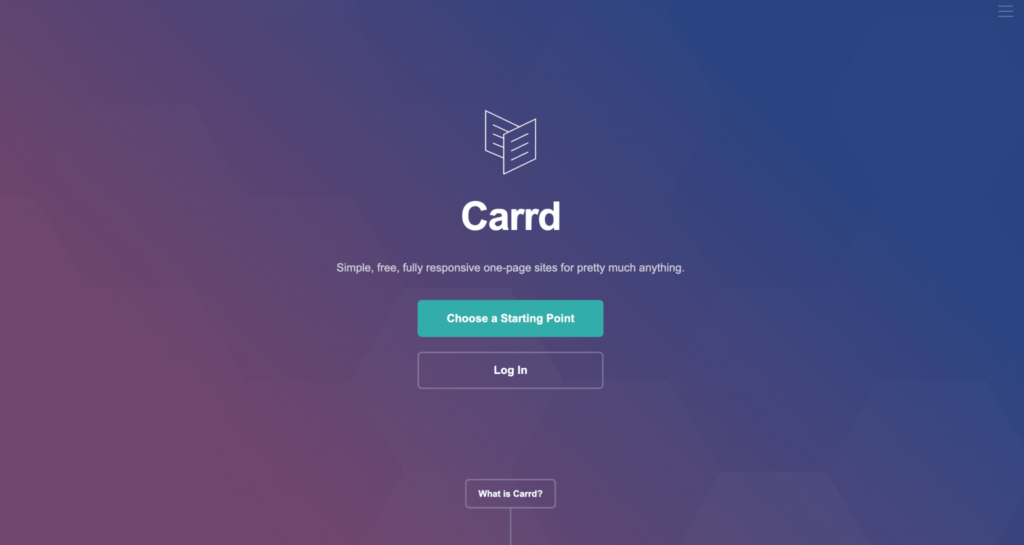
Carrd made website creation accessible to anyone who needs a simple website.
By focusing on one-page websites, Carrd caters to people who need an online presence fast, without all the features of traditional website builders. In fact, Carrd has empowered over 47,000 live websites, highlighting its widespread adoption within its niche.
Key takeaway: Carrd demonstrates how focusing on simplicity can meet a specific need. Consider creating a micro SaaS that solves a niche problem by stripping down your offering to just what’s essential for your audience. Think about how you could provide a simple solution with minimal features that saves your users time or money.
2. AnyTrack
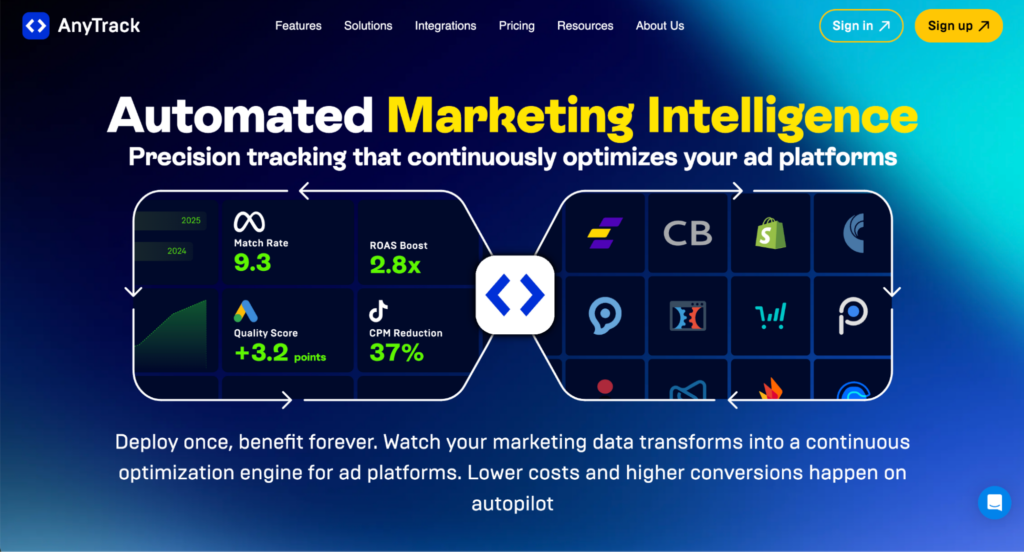
AnyTrack simplifies the complexity of tracking customer journeys across various marketing channels. The tool’s precise tracking and Facebook Conversion API integration have been praised by ecommerce marketers for enhancing tracking accuracy, particularly amidst challenges like iOS updates.
Thanks to its no-code setup, the tool integrates seamlessly with ecommerce platforms, affiliate networks, and ad channels without the need for technical expertise. The platform collects data from both server-side and client-side interactions, ensuring maximum accuracy even when ad blockers or browser limitations are present.
Key takeaway: AnyTrack’s success comes from simplifying complex tasks. Look for a niche with an overly complicated process and focus on automating or simplifying it. Think about the tasks your target audience struggles with most and design a micro SaaS around simplifying those challenges.
3. Hypefury

Hypefury makes social media management effortless by automating the most time-consuming tasks. Within just four months of launching, the platform achieved $4.4k in monthly recurring revenue, demonstrating significant demand for its social media automation tools.
With features like auto-reposting top-performing content and auto-DM to capture leads, Hypefury ensures businesses stay visible and engaged without the constant grind.
Key takeaway: Hypefury shows how automating repetitive tasks can save time. To create a similar micro SaaS, think about the processes in your industry that people do repeatedly. Design a tool that automates these tasks and frees up time for more strategic work.
4. SolidGigs

SolidGigs simplifies the process of finding high-quality freelance opportunities by doing the legwork for you.
Instead of wasting time sifting through countless job boards, SolidGigs curates the top 1% of freelance job opportunities, delivering them directly to users’ inboxes. Whether you’re looking for work in writing, design, development, or marketing, SolidGigs’ team of “gig hunters” and AI tools comb through multiple platforms to find the right jobs for you.
Key takeaway: SolidGigs focuses on filtering out noise to save users time. For your micro SaaS, create a tool that curates the most relevant information or opportunities for your audience. Whether it’s job listings, resources, or data, your SaaS can do the heavy lifting to deliver exactly what users need, saving them time.
5. Plutio
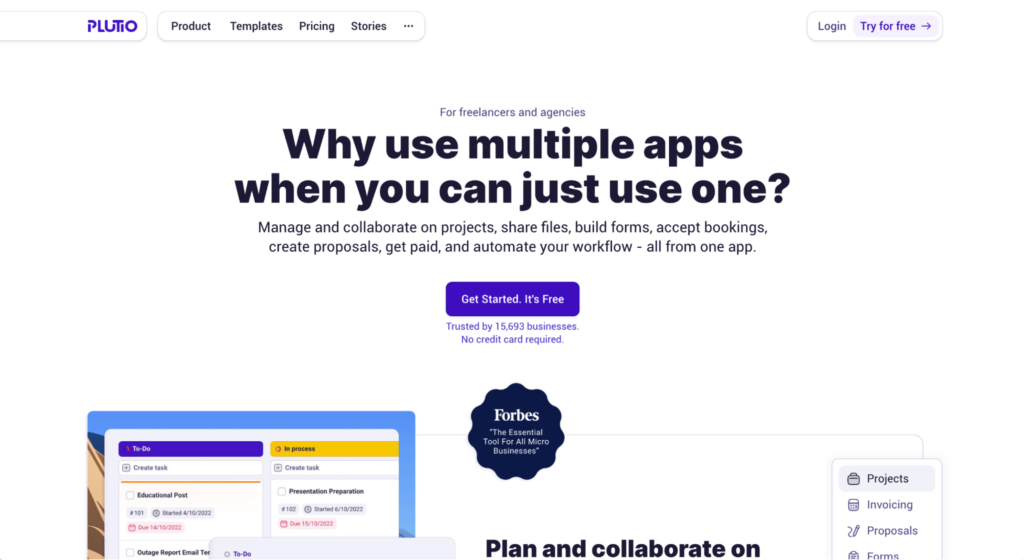
Plutio is an all-in-one business management platform designed for freelancers, agencies, and small businesses.
By combining project management, client communication, invoicing, and task tracking into one tool, Plutio helps users save time, reduce costs, and stay organized.
The platform’s real-time collaboration tools, including comments, messaging, and task assignments, ensure smooth communication between teams and clients, even when they aren’t in the app.
Key takeaway: Plutio’s success comes from simplifying multiple business functions into one tool. Think about what tasks or processes your target audience does across different platforms. Can you combine these functions into one seamless tool that adapts to different business needs? This is the foundation for a great micro SaaS.
6. Pexels
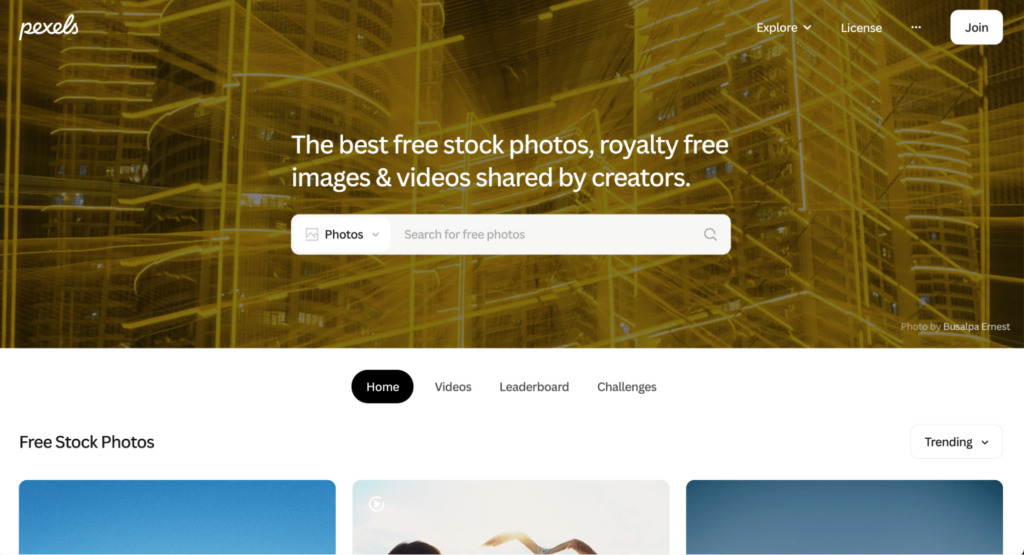
Pexels is a leading platform for free stock photos and videos, offering a vast library of high-quality royalty-free media for creators, designers, and marketers. The platform solves a key problem for many beginner content creators – finding and using professional-grade visual assets without the cost.
What sets Pexels apart are its curated collections and easy-to-use search functionality, which makes finding the perfect image or video quick and straightforward. With integration options for popular design tools, such as Figma and Sketch, users can seamlessly incorporate media into their projects.
Key takeaway: Pexels highlights the power of offering free, valuable resources. Consider what high-value resources your target audience is struggling to find or afford. Build a micro SaaS that provides these resources for free (or freemium), creating loyalty and engagement through quality.
7. Typeform

Typeform redefines the way businesses collect data by offering interactive, user-friendly contact forms that are designed to engage customers.
Unlike traditional forms, Typeform’s customizable, visually appealing surveys and quizzes encourage users to complete them, resulting in up to 3.5x more responses.
Whether it’s a simple survey, a detailed questionnaire, or a quiz, Typeform ensures a better user experience with its conversational design and engaging elements like video content and personalized follow-up questions.
Key takeaway: Typeform shows that interactivity can make data collection more engaging. For your micro SaaS, think about how you can turn a boring or repetitive task into an engaging, interactive experience. Whether it’s surveys, quizzes, or feedback forms, focus on making the experience enjoyable and rewarding for users.
8. Loomly
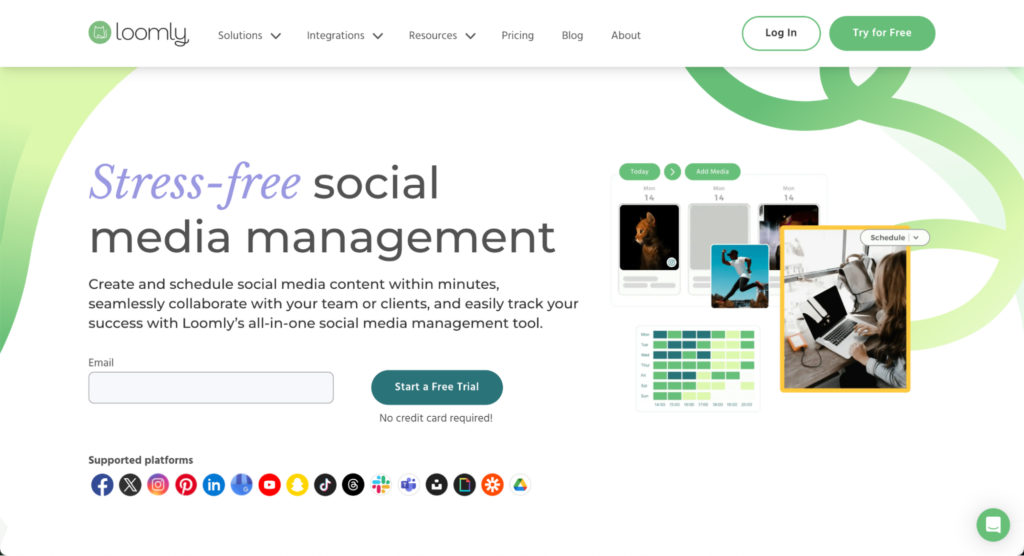
Loomly simplifies social media management by offering a centralized platform for planning, scheduling, and collaborating on content across various social media platforms.
What makes Loomly stand out is its ability to streamline collaboration within teams and clients. Users can set up multi-level approval workflows, track feedback with post history, and even preview posts before they go live. This ensures that everyone involved in the process is on the same page, reducing bottlenecks and speeding up content approval.
Key takeaway: Loomly’s success comes from simplifying collaboration and content management. For your micro SaaS, identify niche teams or small businesses that juggle too many apps or tools. Build a product that consolidates their workflows into one centralized, easy-to-use platform, and watch your SaaS take off.
9. WriteSonic

WriteSonic is revolutionizing content creation by unifying advanced AI tools and marketing platforms into a seamless workflow.
Unlike traditional content creation tools, WriteSonic connects with services like Ahrefs, Semrush, and Google Analytics to pull real-time data, providing users with actionable insights to create factually accurate, search engine-optimized content.
One of the platform’s standout features is its AI-powered article writer, which delivers content that’s not only human-like but also designed to outperform competitors. Users can generate high-ranking content in minutes by utilizing competitor analysis, internal linking strategies, and a continuous feedback loop to fine-tune every piece.
Key takeaway: WriteSonic proves that integrating AI with existing marketing tools can supercharge content creation. Look at processes in your industry where AI can simplify tasks, from writing and editing to data analysis. Build a micro SaaS that uses AI to handle these tasks automatically, allowing your users to focus on high-level strategy.
10. Sniply
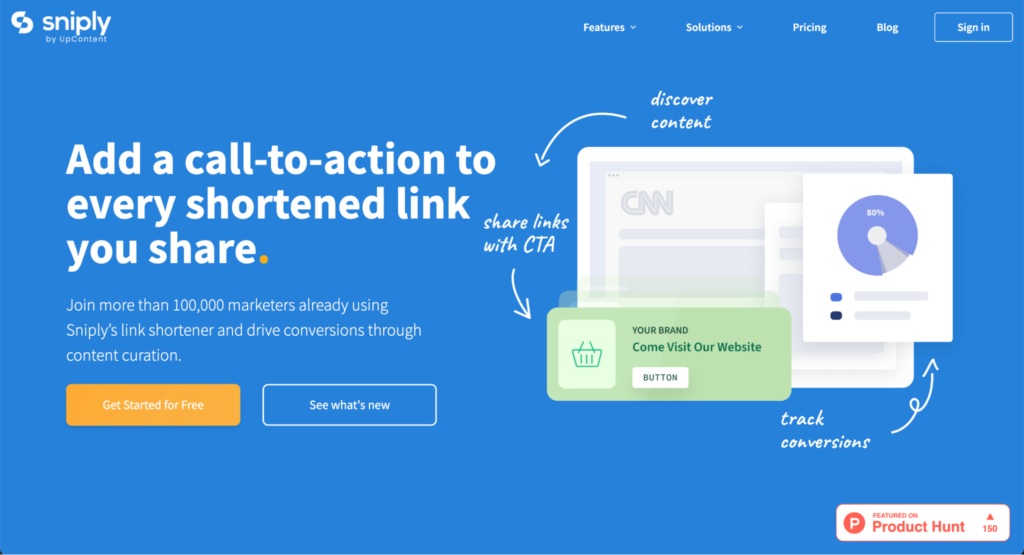
Sniply transforms the way marketers use link shortening by adding a powerful layer of interactivity to the mix.
Instead of simply shortening URLs, Sniply allows users to overlay a customized call-to-action (CTA) on every link you share. This simple yet effective feature enables marketers to drive conversions without disrupting the user experience.
Key takeaway: Sniply demonstrates how small enhancements to existing tools can drive massive value. Look for processes or tools your target audience is already using. Can you build a micro SaaS that enhances these tools with a feature that adds more value or drives conversions, like Sniply’s CTA on links?
11. Solo
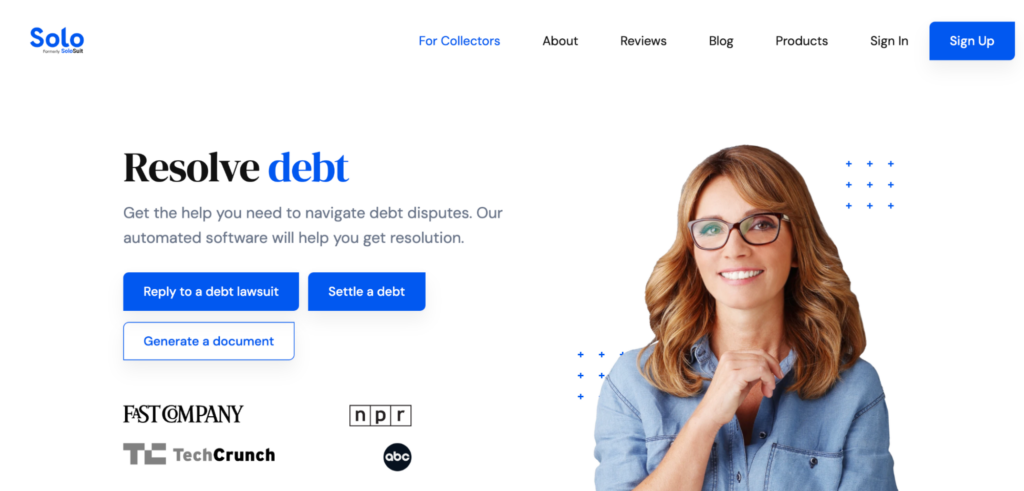
This micro SaaS provides a solution for individuals facing debt disputes. The platform’s automated software assists users in responding to debt lawsuits quickly and effectively, ensuring compliance with the 14-30 day response window.
Solo doesn’t just stop at helping you prepare a response – they also offer attorney reviews and filing services, ensuring your submission is solid and legally sound. The platform secured $2 million in seed funding to expand SoloSettle, its AI-powered debt settlement platform, indicating strong investor confidence in its innovative approach to debt resolution.
Key takeaway: Solo demonstrates how automating complex processes in niche industries can reduce stress for users. For your micro SaaS, think about a legal, financial, or industry-specific pain point that could be automated. Build a solution that makes it easier for users to navigate these challenges and offers peace of mind through simplicity.
Is it difficult to build a micro SaaS product?
Building a micro SaaS product isn’t difficult, especially with an AI web app builder like Hostinger Horizons.
You can easily build and deploy a fully functional micro SaaS product using these types of no-code platforms and turn your idea into a reality. All you have to do is describe what you want and let the AI take it from there.
For more detailed instructions, check out our guide on how to build a SaaS product without coding knowledge.
What are examples of Micro SaaS products?
In addition to the examples we’ve covered, here are a few ideas for micro SaaS products that target specific niche markets:
- Automated social media content curation
- Appointment scheduling for niche industries (such as pet grooming or personal training)
- Personalized nutrition plans for fitness coaches or nutritionists
- Customizable invoicing tools for freelancers
- Automated legal document generators for small businesses
For more inspiration, read our micro SaaS product ideas guide.
Conclusion
Whether it’s simplifying website creation, optimizing conversion rates, or offering curated freelance opportunities, each of these micro SaaS companies listed above solves a specific problem with a straightforward solution.
You, too, can create your own successful micro SaaS business by keeping your focus narrow and providing value to a targeted audience. If you’re ready to roll up your sleeves and get going, try Hostinger Horizons and build your very own micro SaaS today.

All of the tutorial content on this website is subject to Hostinger's rigorous editorial standards and values.

